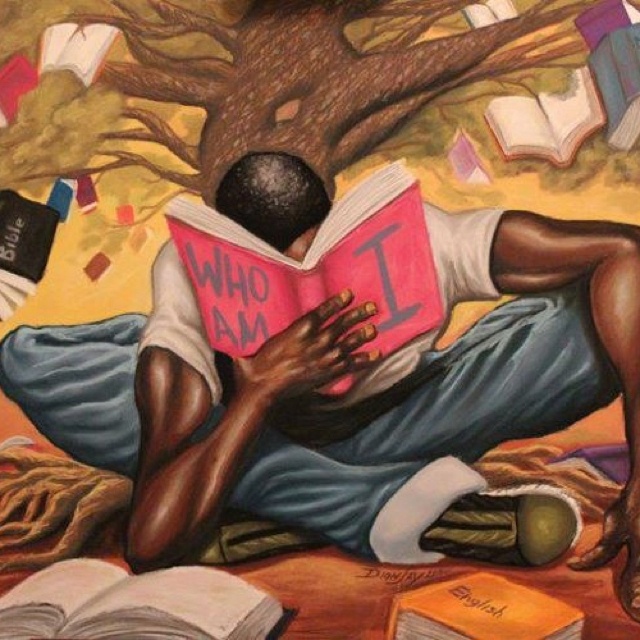Thursday
My friend Sue Schmidt recently urged me to find more positive literary responses to the dark times in which we are living. Her request came after a series of depressing posts about Donald Trump, and I get her point. If literature just confirms us in our pessimism, what’s the use of it?
A lovely New Yorker article by Haitian-American writer Edwidge Danticat captures the necessary balance between unflinching realism and hopeful outlook. In the poems that he cites, Gwendolyn Brooks, Langston Hughes, and Audre Lorde acknowledge the evils of racist society but also signal constructive responses. Their commitment to truth means that we must take seriously their hopefulness.
In thinking about truth-tellers, I am reminded of Marx’s famous remarks in his preface to Hegel where he criticizes attacks on religion. While he himself believes that religion is “the opiate of the masses,” he believes that it is not enough to strip people of their illusions—or as his metaphor has it, to strip the garlands off our shackles so that we must face up totthe cold, hard iron. His observation also applies to those who see literature’s task as unmasking terrible conditions and no more. Genuine criticism, Marx writes, must push towards hope:
Criticism has plucked the imaginary flowers on the chain not in order that man shall continue to bear that chain without fantasy or consolation, but so that he shall throw off the chain and pluck the living flower.
If criticism takes the form of joyless political science, this can be difficult. Literature, on the other hand, can combine truth with hope, framing reality in such a way that we can imagine changing it. Danticat has a great Lorde quotation to this effect:
Poetry, she said, is how we name the nameless. “It forms the quality of the light within which we predicate our hopes and dreams toward survival and change, first made into language, then into idea, then into more tangible action.”
I advise my students to follow a similar progression: immerse yourself in the work, reflect upon the work, act upon the insights that emerge.
Danticat introduces me to one Brooks poem that I did not know but which wonderfully shows how optimistic striving can overcome harsh reality. It’s a good poem to kick off African American History month. Appropriately, it addresses the young:
Speech to the Young: Speech to the Progress-Toward
By Gwendolyn Brooks
Say to them,
say to the down-keepers,
the sun-slappers,
the self-soilers,
the harmony-hushers,
“even if you are not ready for day
it cannot always be night.”
You will be right.
For that is the hard home-run.
Live not for battles won.
Live not for the-end-of-the-song.
Live in the along.
I see the down-keepers, sun-slappers, self-soilers, and harmony-hushers as those people who nip optimism in the bud so that young people won’t get their hopes up. They try to ward off the cruel disappointment of battles lost. Brooks responds that, when the going gets tough and doubts arise, “live in the along,” in the “progress-toward.” Poetry reminds us that “it cannot always be night.”
Further thought: I suspect that Brooks is alluding to Emily Dickinson’s “Some keep the sabbath going to church” in her final line. Here’s the last stanza of Dickinson’s poem, where a bobolink serves as her clergyman in the great church of the outdoors. Note that Dickinson, like Brooks, is focused on the process of living, not on some static final result:
